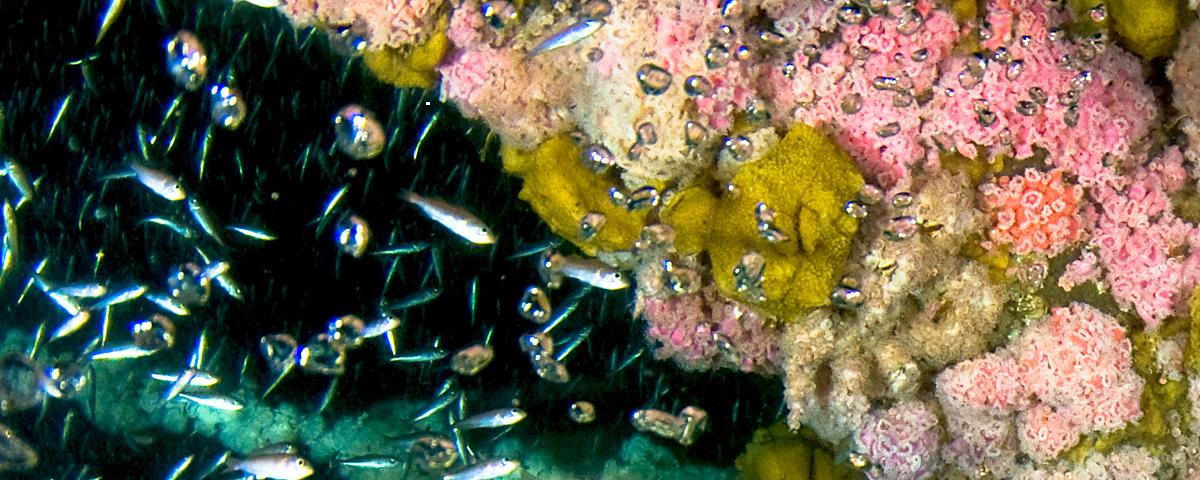Microbial community characterization of produced water and surrounding seawater from oil and gas production platforms in eastern Canada
Abstract
Produced water is the largest volume of waste produced during the recovery of oil from offshore oil and gas production platforms, and is discharged directly into the surrounding marine environment. Emerging evidence suggests that offshore produced water discharges impact biota at significant distances from the point of discharge. The objectives of this study were to characterize the marine bacterial and/or archaeal populations in and around the Hibernia, Terra Nova and Thebaud production platforms, to determine if changes in the bacterial community structure might be related to the influence of the produced water, and to develop molecular methods to monitor the bacterial community structure in seawater and to track the dispersion of produced water. The marine bacterial community structure remained relatively constant (with SAB > 70%) across large distances (up to 50 km away from the platforms) and throughout several years of sampling, suggesting that the produced water discharge did not have a detectable effect on the surrounding seawater. Bacteroidetes, Alpha-proteobacteria, and Gamma-proteobacteria were the most common and abundant phyla detected in the northwestern Atlantic Ocean. The only effect potentially related to the input of produced water was found on the sediment close to the Thebaud platform, suggesting that any impact might be restricted to a small area at the sediment level adjacent to the discharge. Firmicutes was the most common and dominant phylum detected in all three produced waters, represented principally by species of Thermoanaerobacter. Both species-specific detection methods (Q-PCR and nested-PCR) detected Thermoanaerobacter in surrounding seawater within 1000 m of the production platforms, but most of the Thermoanaerobacter were found at 100 m from Hibernia near the bottom of the water column, with only a small amount traveling into the upper water column. The properties of the produced water and existing modeling studies also support this dispersion pattern for produced water.This study provided the first characterization of the microbial diversity in and around the three major offshore oil and gas production platforms in Eastern Canada and developed new molecular methods to monitor and track the discharge of produced water.

